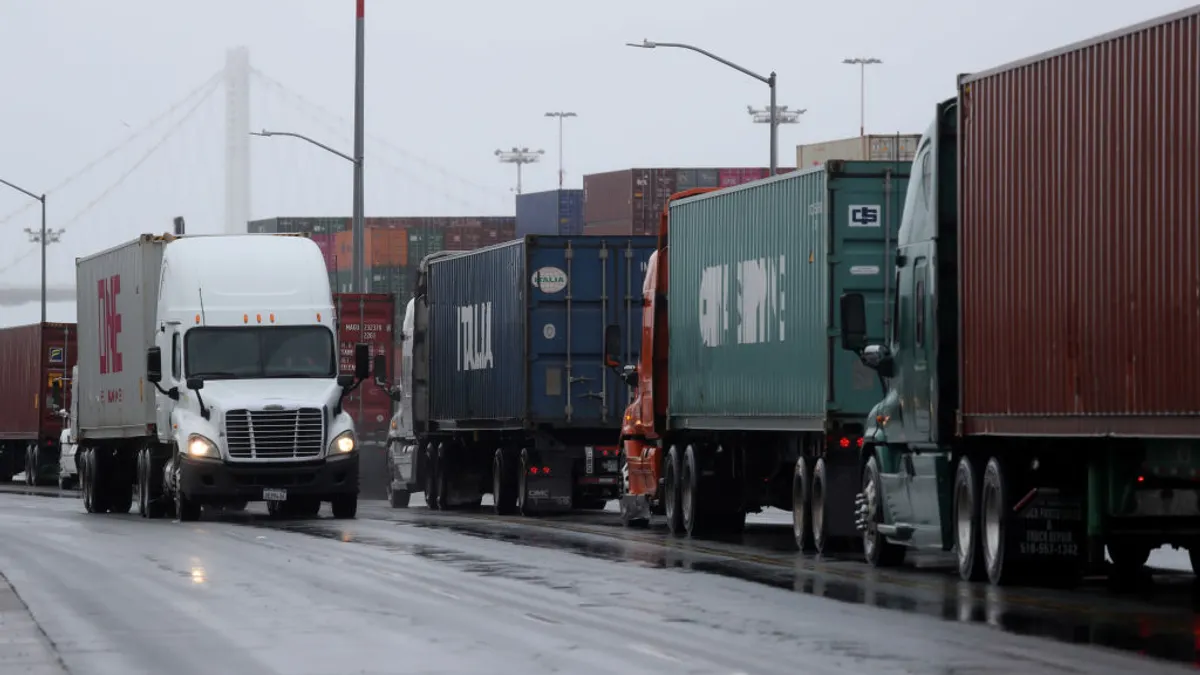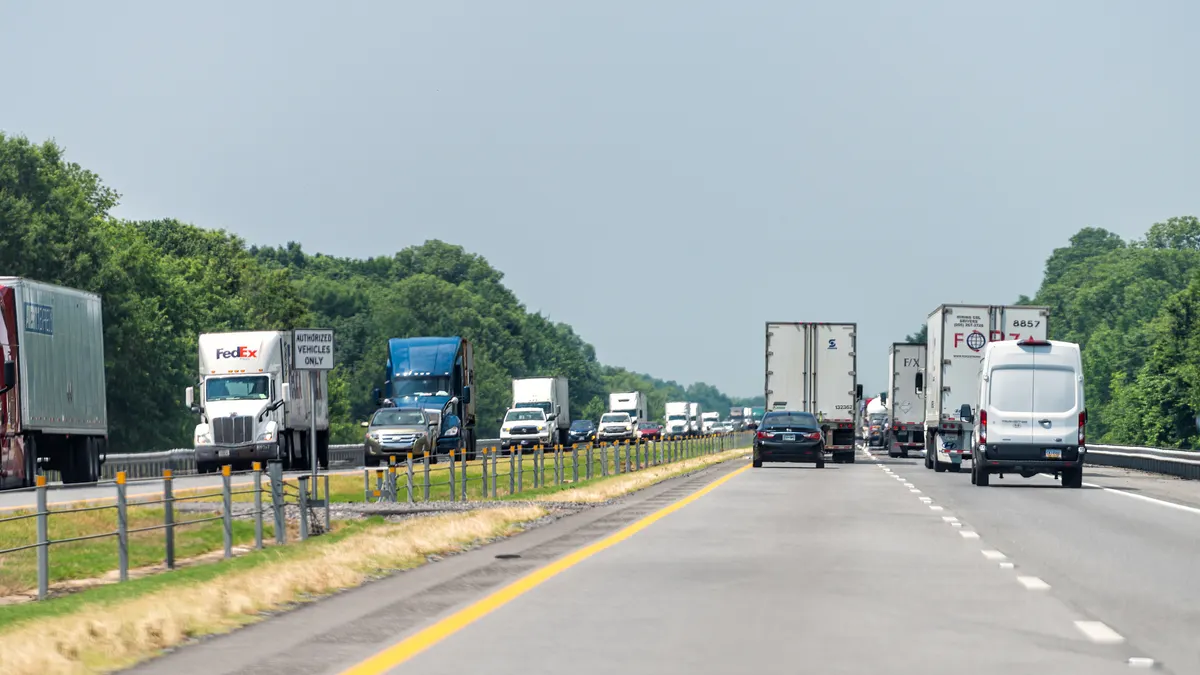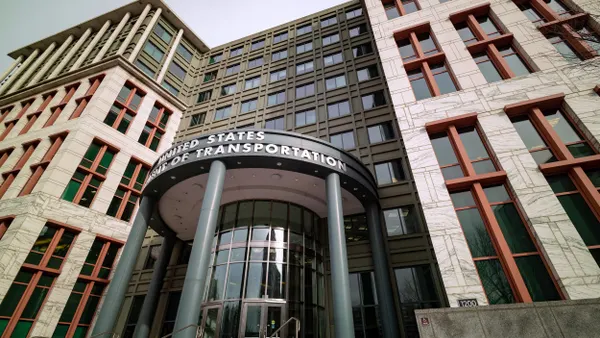Dive Brief:
- Two-thirds of organizations responding to a WorldatWork survey said they will resume in-office operations by the end of the summer, if they haven’t already, according to June 2 results. The survey encompassed 601 respondents of varying size and industry.
- Many organizations said they will work to prevent the spread of the novel coronavirus by implementing measures such as additional cleaning (85%), smaller meetings (83%), space modifications (67%), mask requirements (64%) and temperature screenings (52%). Nearly two-thirds of respondents will provide personal protective equipment (PPE) for workers. Three-quarters of organizations plan to monitor employee behavior, with 29% asking employees to report violators.
- Despite charting a return to the workplace, many employers will make remote work arrangements a permanent option. Half of organizations will continue to allow some employees to work from home. For employees with children, 81% said they will keep such policies, with another 73% offering flexible work schedules.
Dive Insight:
Employers said in April they would look to state and local authorities to determine when to reopen worksites. Now that many states and localities are lifting stay-at-home orders, it follows that the time has come for employers to consider what the workplace will look like when in-office operations resume.
Fleets are weighing wether to keep or shed digital processes they've implemented during the pandemic. Jackie Giefer, director of operations for Bay and Bay Transportation, told Transport Dive more processes will become paperless, with more electronic billing and signature-gathering. In April U.S. Xpress said it moved some of its training online, while Hirschbach moved all orientation and training online.
Digital technology can also be used to help bring employees back to the office safely. Mircrosoft and UnitedHealth recently partnered for a smartphone app called ProtectWell, which screens employees for COVID-19 and notifies employers and coworkers. But from symptom screening to social distancing, employers have numerous measures to consider as they return to the workplace.
As WorldatWork’s findings indicated, many employers will condition entry to the workplace on symptom screenings. The U.S. Equal Employment Opportunity Commission approved temperature screenings for Americans with Disabilities Act-covered employers, even though they constitute a medical test. The agency also cleared coronavirus testing, though sources have highlighted the challenges testing can create.
Employees can expect more changes once they’re cleared to enter the workplace. In recent guidance, the Centers for Disease Control and Prevention urged employers to modify workstations to ensure workers can remain six feet apart. Additionally, it recommended employers increase the percentage of outdoor air in offices and improve central air filtration.
Return-to-work considerations extend beyond basic epidemiology, however. Employers that plan to bring back laid-off or furloughed workers will need to consider their "reboarding" strategy to return employees to work without risking major loss in employee engagement. This will include timely, clear and transparent communication.










